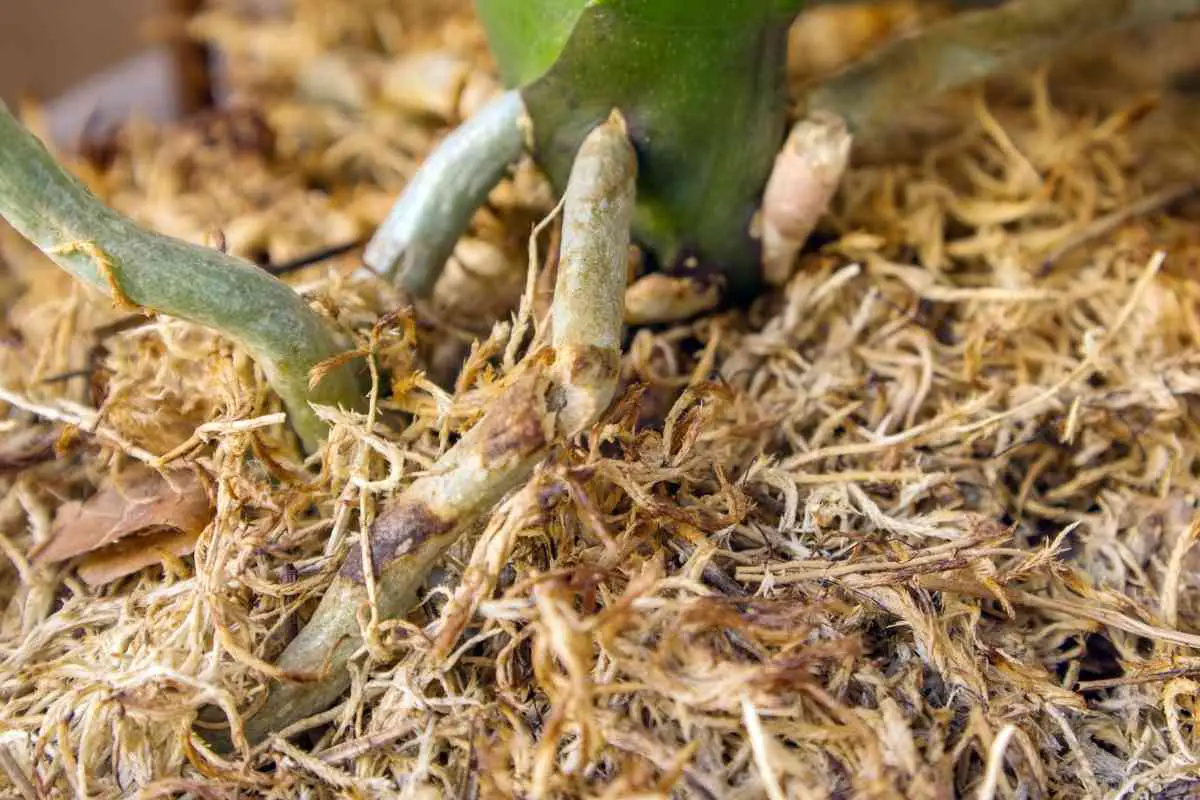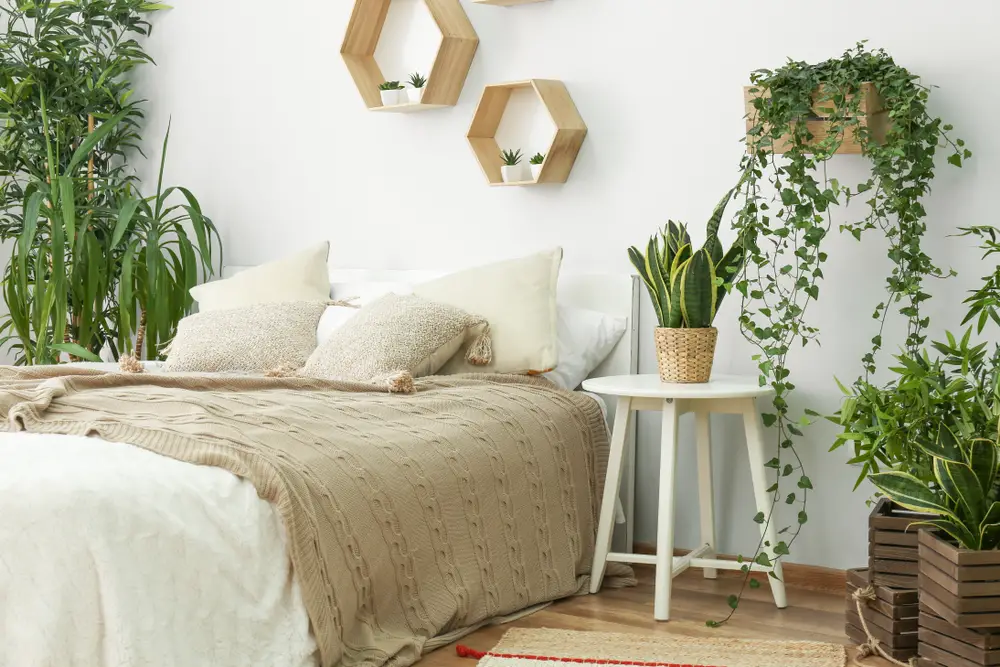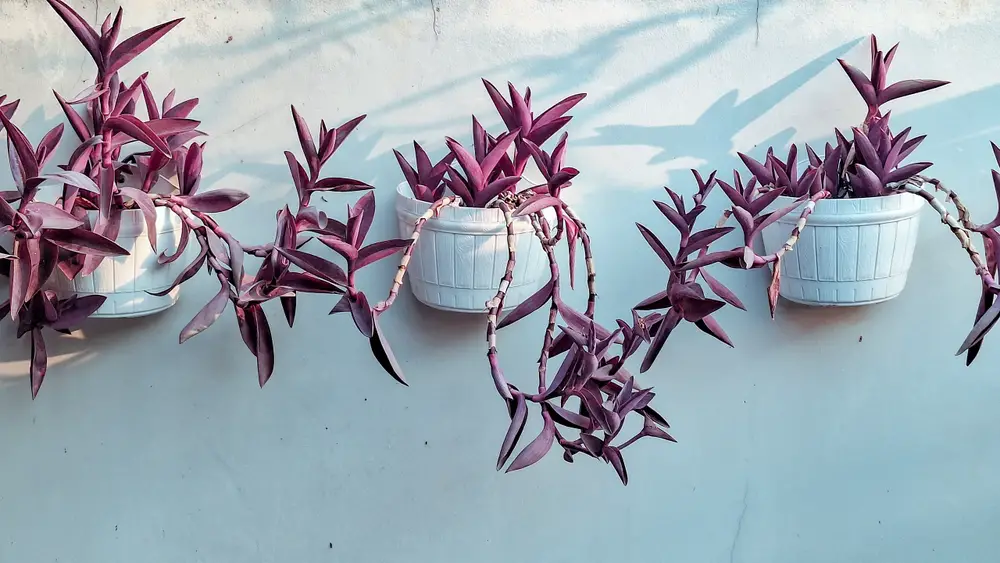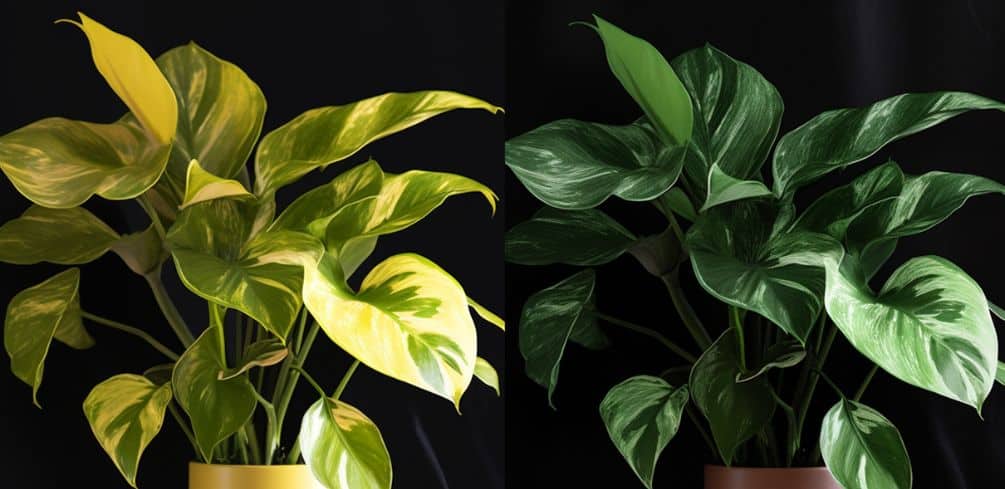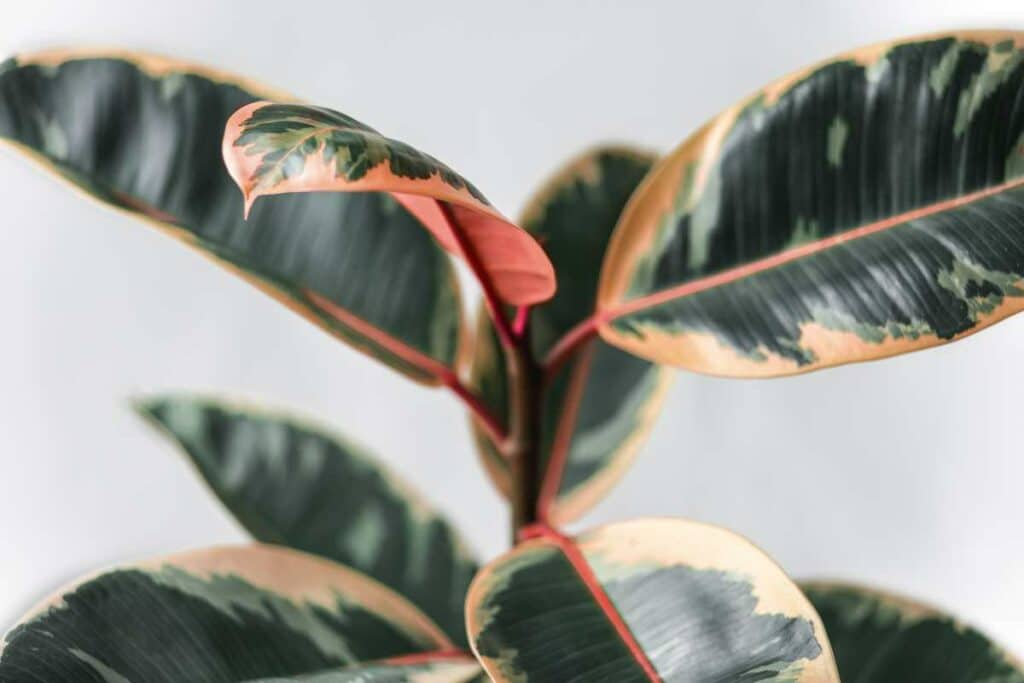Orchids are stunning flowers that many people want to care for thanks to their exotic appearance and beautiful array of colors.
But growing and caring for orchids is a little different from taking care of other plants and one of the most obvious differences is what you grow them in.
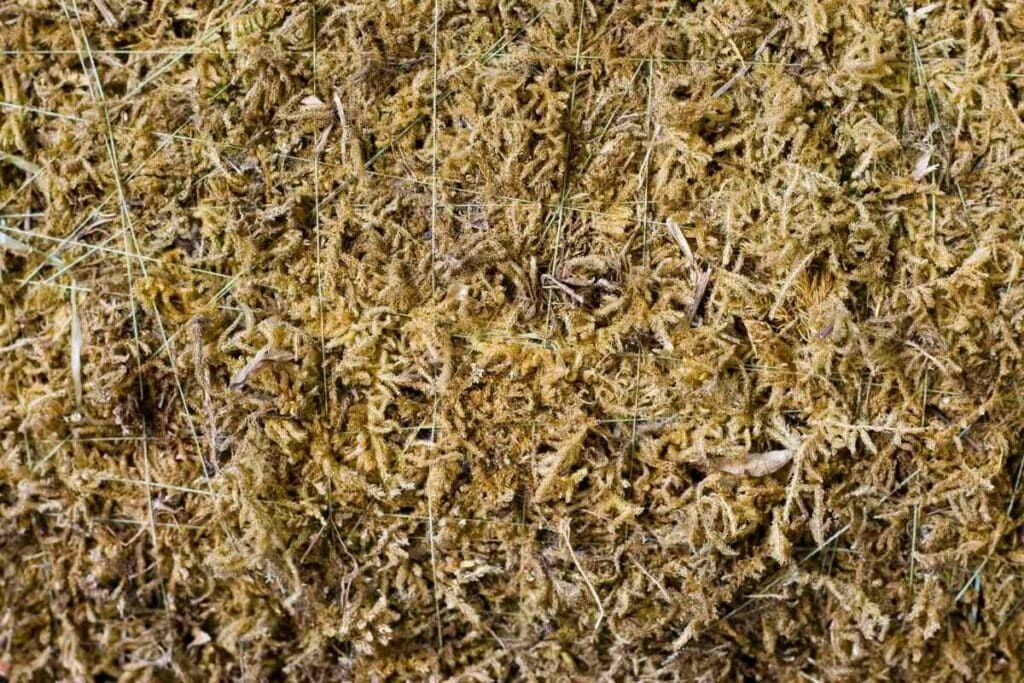
You’ll need sphagnum moss for your orchids and while there are various types, it is widely accepted that New Zealand sphagnum moss is the best option.
But how do you use it correctly?
The key to using New Zealand sphagnum moss for orchids is to make sure that you don’t pack the pot too tightly but tightly enough to secure the orchid. You’ll also need to choose how to use the moss in terms of whether you will add it to the substrate or simply add a layer on the top.
In this guide, we will be looking at the various ways of using New Zealand sphagnum moss to grow orchids and why this is the best kind.
What Is New Zealand Sphagnum Moss And Why Is It So Good?
Let’s start by getting better acquainted with sphagnum moss in general; this is a small plant that can come in a huge array of colors including pink, green and red.
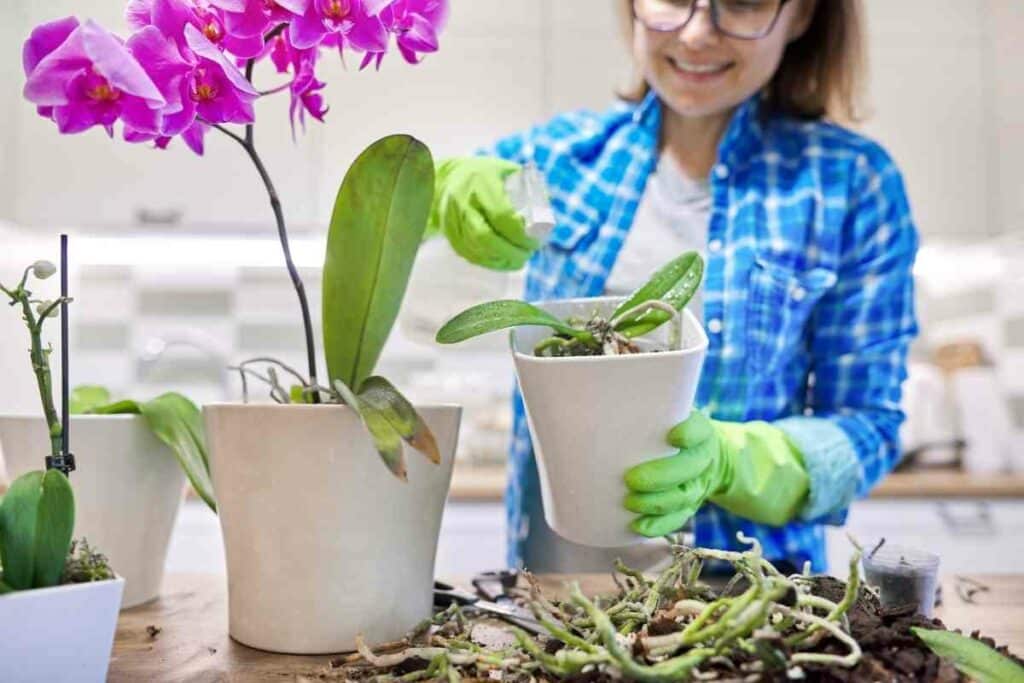
Sphagnum moss is normally found growing on dead trees and contrary to popular belief, these trees are already dead when the moss begins to take over.
It does not kill the trees nor is it a parasite. When a tree dies and the nutrient level drops in the bark, the sphagnum moss will take over.
What’s interesting about sphagnum moss is that it will do well even when there is a lack of soil and nutrients.
For this reason, many people use it in terrariums where there aren’t a lot of nutrients but it also works perfectly for orchids.
New Zealand sphagnum moss is widely accepted to be of the highest quality and is something that is sought after around the world, particularly where orchid growing is concerned.
There are many qualities that this particular type of sphagnum moss has that make it ideal including:
- longer strands
- greater strength
- high resistance to rot
- and a water holding capacity that cannot be rivalled
All of these things combined mean that New Zealand sphagnum moss is far superior when it comes to developing strong and healthy roots.
The way that it all works is that sphagnum moss and many other types of moss are able to maintain the balance of water in the growing environment.
They absorb moisture and retain it around the roots of other plants.
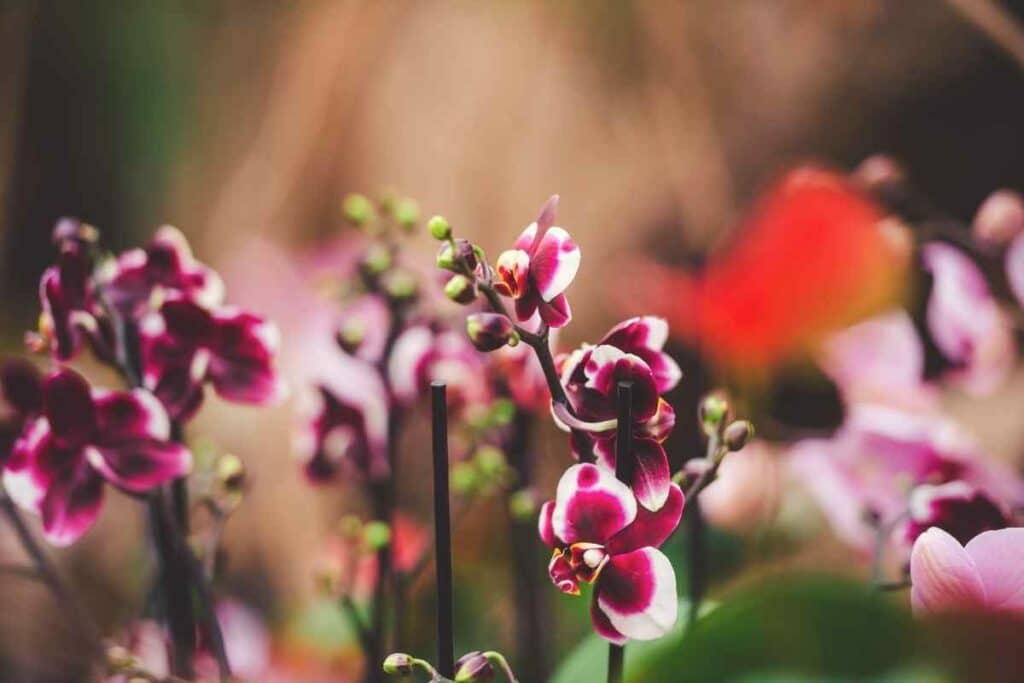
Moreover, the moss is able to hold onto anything that might be potentially dangerous to other plantlife, preventing it from getting into the soil.
This might include excess salts, acids and other substances.
Avoiding Bad Sphagnum Moss
When purchasing New Zealand sphagnum moss, you will notice that there is a rating scale and you want to be looking out for AAA which is the most superior product.
There are a lot of people who would agree that Chilean sphagnum moss is also a good product but we’d still lean towards New Zealand moss for the very best quality.

You may be tempted to purchase products that are sold as ‘orchid moss’ but you must be incredibly careful with these since many are of a very low quality.
Their pieces are typically much shorter and won’t be as fluffy once inside the container. These products should be avoided.
That said, you may sometimes look at buying moss and notice some products that are very dry and whose color has turned a light brown.
Don’t worry about this, it’s entirely normal and it’ll likely return to its green color once in the pot. But even if it doesn’t, that won’t affect its quality.
Different Ways of Using New Zealand Sphagnum Moss
It’s important to make sure that you are using your New Zealand sphagnum moss correctly in order to get the most out of it.
What ends up confusing a lot of people is that there are several different ways that you might use it.
Below you’ll find our top tips on using New Zealand sphagnum moss for orchids in different circumstances.
Adding Moss to the Substrate
There are different things that you can use as substrate for orchids but typically, cut bark is considered to be the best.
But one of the main problems with this material is that it doesn’t have a very good ability to hold water.
But by adding sphagnum moss into the mix, its excellent water capacity will be extremely beneficial.
Be Careful: You will need to consider the age of the orchid and how much water its particular species needs when deciding how much moss to add to your bark.
Using Sphagnum Moss on The Surface
You will find that a lot of orchids don’t thrive well when the soil is damp.
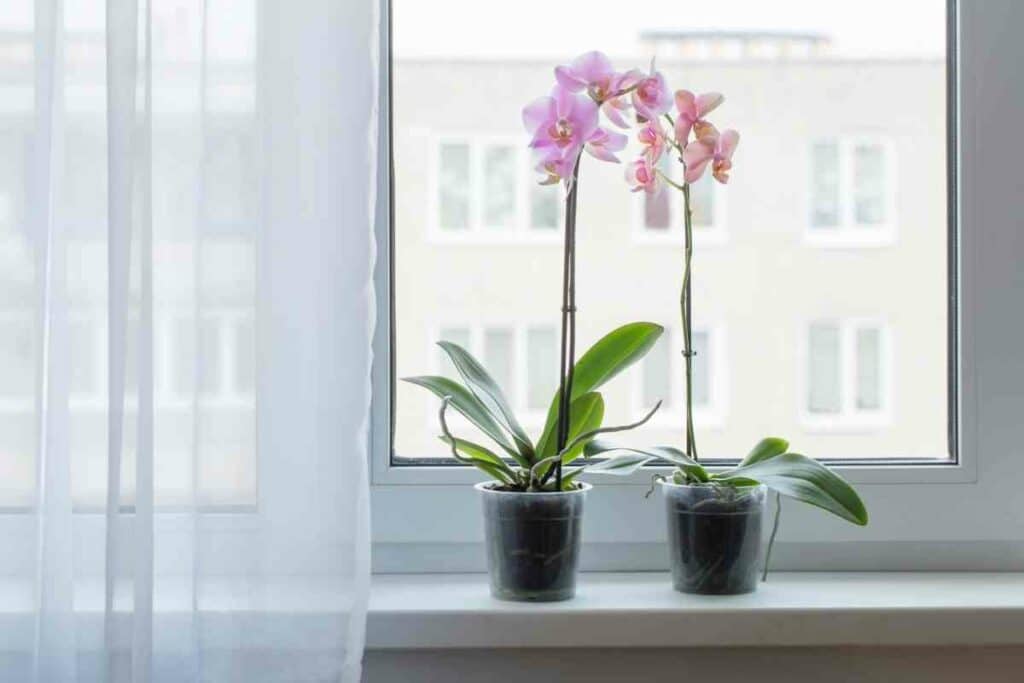
However, humid air is a different matter and many species love this.
One way of providing just the right conditions for your orchids is to add a layer of damp moss to the surface of the substrate only.
This will prevent it from coming into contact with the roots, bulbs and other structures under the surface but will help to maintain humidity levels.
Growing Seedlings
It is not uncommon in the orchid growing industry, especially on Asian farms, for growers to plant the orchid seedlings directly in fresh clean moss.
If you want to grow from a seedling then you’ll need plenty of clean New Zealand sphagnum moss.
You can also use this same method when working with cuttings and we would recommend placing the clean moss with the cuttings into a greenhouse.
Bringing Orchids Back to Life
If you notice that the health of your orchid has deteriorated, all is not lost.
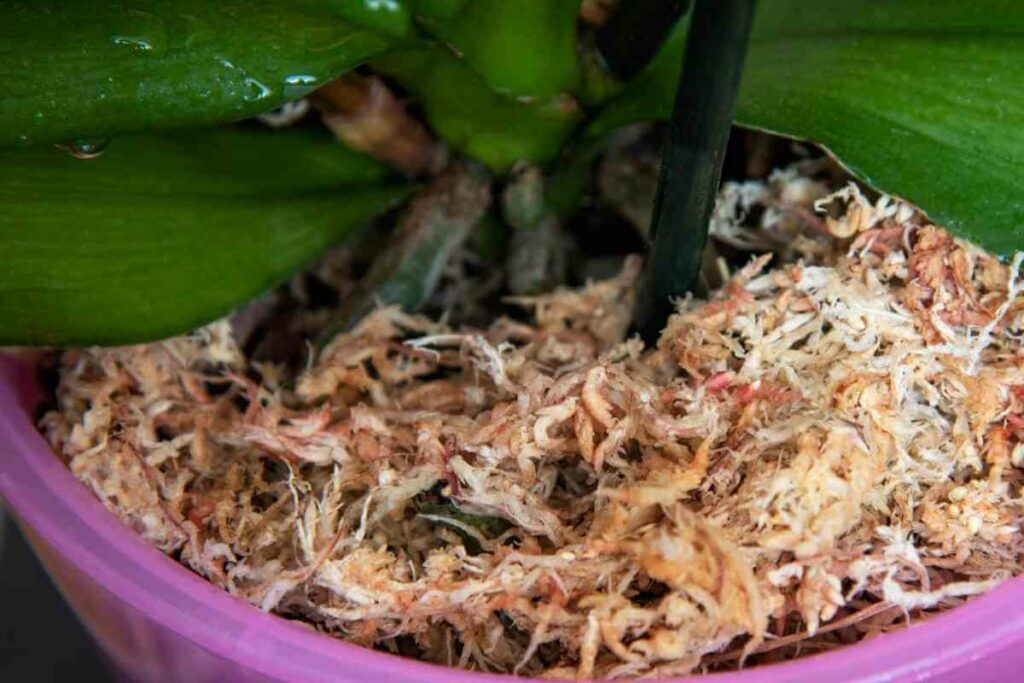
It is sometimes possible to place the plant onto clean moss in a greenhouse.
Try This: You can use 100% moss for this but many people also find success in using equal amounts of sphagnum moss and bark.
Conclusion
Sphagnum moss is a great natural material that can be added to the substrate when growing orchids thanks to its ability to retain moisture and elements found within the soil.
It is, however, important to make sure that you are using it correctly if you want to make the most out of it.
You can add it to the substrate as a mix or simply place it on top to improve humidity.
Also Read
- Philodendron Care, Varieties, And Aesthetic Home Arrangements
- Best House Plants for Low Light – Thriving Indoors with Minimal Sunlight
- 15 Air-Purifying Houseplants That Release The Most Oxygen
- Purple Houseplants: Your Guide to Dramatic Indoor Beauty
- Philodendron Moonlight Vs. Golden Goddess
- How to Revive Your Rubber Plant: 6 Tips to Help Your Rubber Tree Thrive Again
